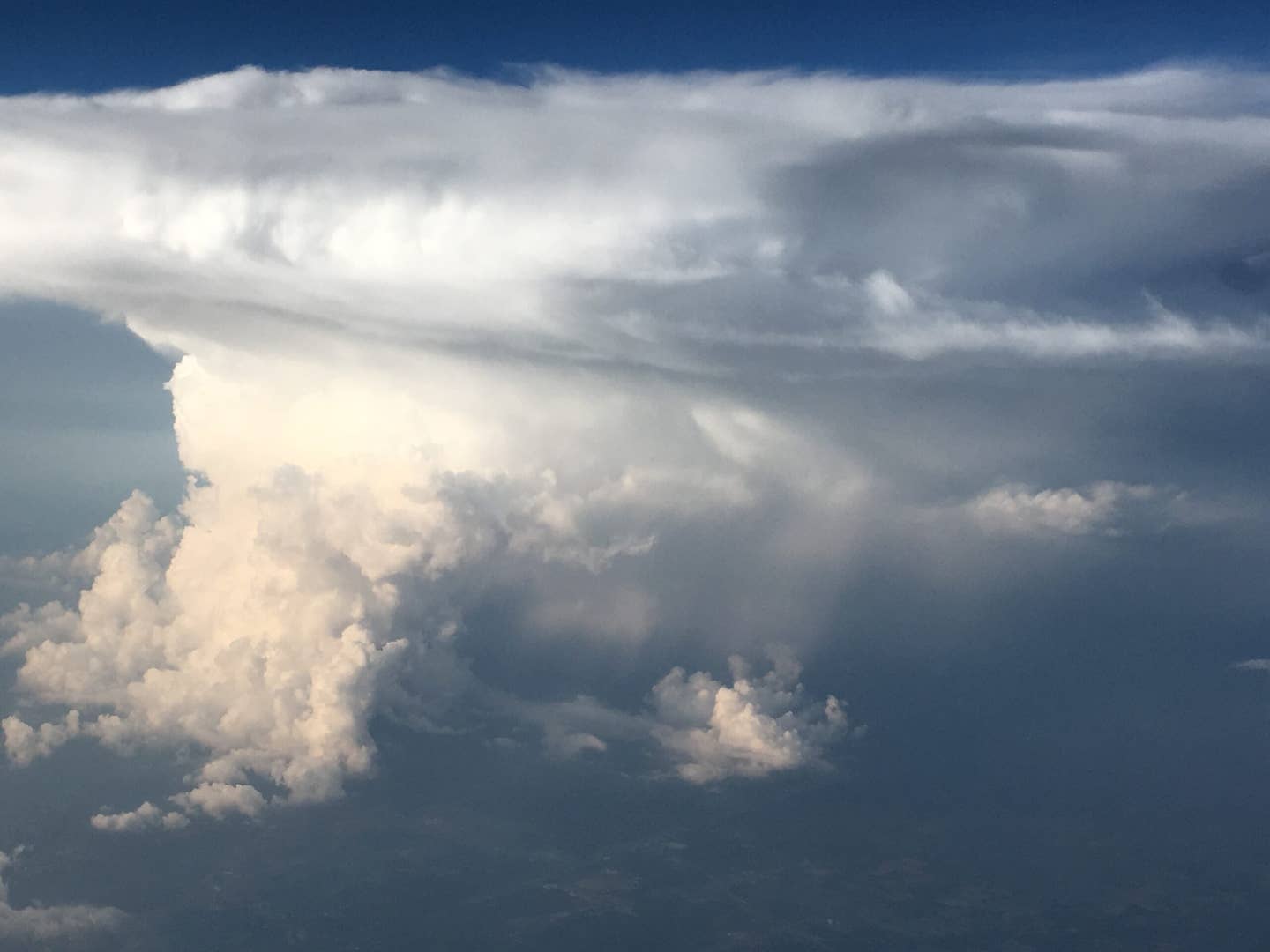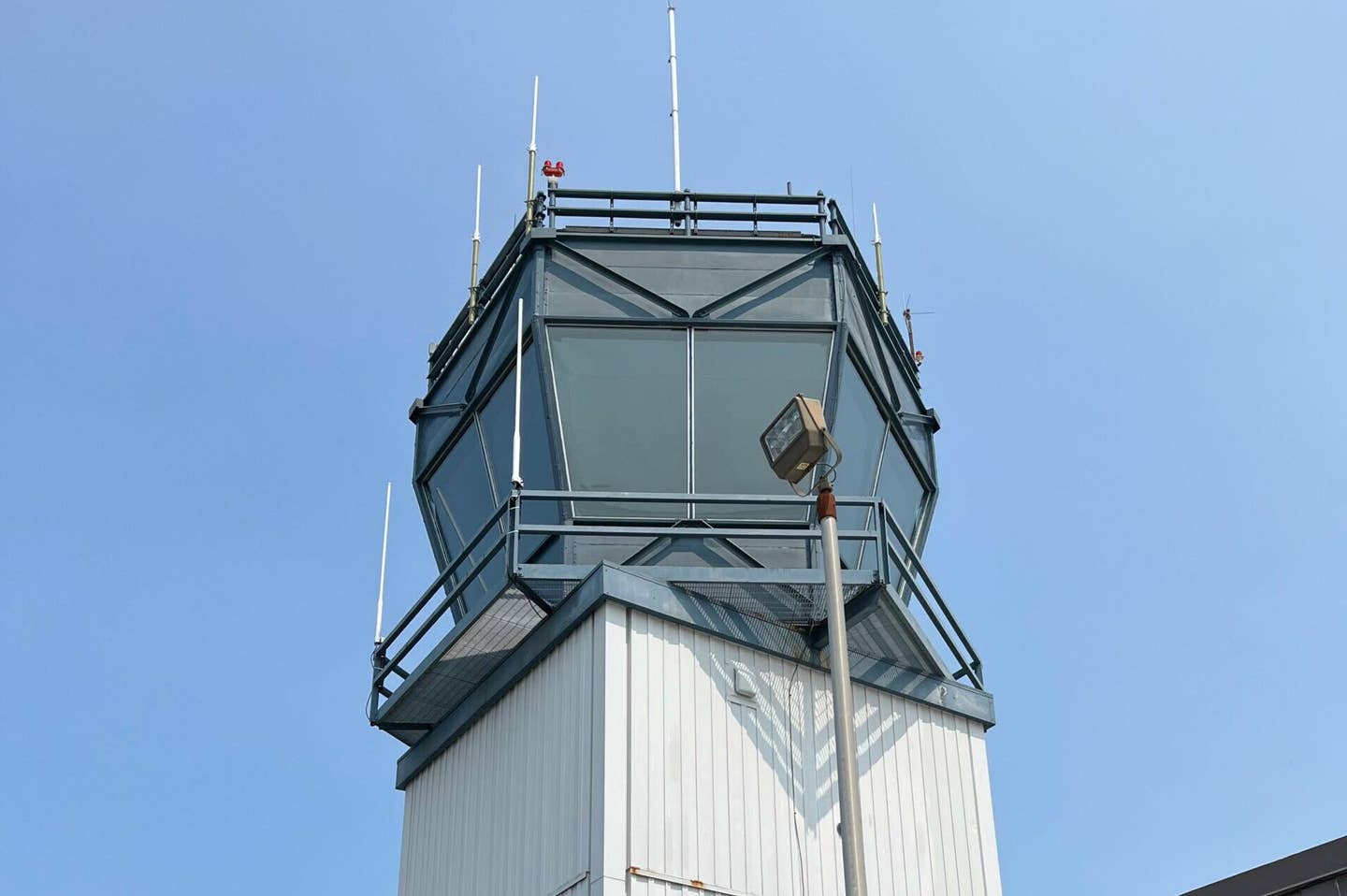Is Freezing Fog Considered ‘Known Icing Conditions’?
What freezing fog is all about and does it constitute “known icing conditions”?

Fog or freezing fog is an obstruction to visibility simply based on the measured surface visibility and temperature. [Shutterstock]
Question: Is freezing fog considered “known icing conditions”?
Answer: As we start to move into the cold season over the next couple of months, you may begin to see freezing fog (FZFG) appear in a surface observation (METAR) or terminal aerodrome forecast (TAF). So, let's get ahead of the game and discuss some high-level details of what freezing fog is all about and whether or not it constitutes known icing conditions.
In simple terms, freezing fog is nothing more than an obstruction to ground visibility. When surface observing equipment such an ASOS measures the visibility to be less than 7 sm, a reason for what’s causing the decrease in surface visibility must also be included. Besides freezing fog, other common obstructions to visibility include HZ for haze, BR for mist and FG for fog.
Haze or mist are the most common obstructions to visibility. They are added to the report when the surface visibility is less than 7 sm but greater than one-half of a statute mile. Once the visibility drops to one-half of a statute mile or less, fog becomes the dominant obstruction to visibility and FG is added to the report. In this case, when the temperature is also at or below 0 degrees Celsius, then freezing fog becomes an obstruction to visibility and FZFG is added to the report.
The important thing to understand is that the software employed by the ASOS makes this determination solely by using the reported surface visibility and temperature independent of any ice accretion or if clouds are actually touching the surface. At times, airports with a trained human observer can override this as was done in this surface observation for Spokane, Washington (KGEG).
KGEG 271353Z 19008KT 1/4SM -SN BR FEW001 OVC003 M03/M04 A2993
RMK AO2 SLP157 SFC VIS 2 VIS NW-N 1 P0000 T10331039
In this case, the reported visibility is one-quarter of statute mile and the temperature is minus-3 degrees Celsius. Both of these conditions meet the criteria for freezing fog. Therefore, if this were an automated report, the obstruction to visibility would have included freezing fog, or FZFG. However, notice in the remarks section, the observer notes that the surface visibility is 2 sm, and visibility to the northwest and north is 1 sm. Effectively the trained observer felt the obstruction was more representative of mist (BR) and not freezing fog.
Is freezing fog considered known icing conditions? The short answer is no. According to the National Weather Service (NWS) directives, freezing fog is “consisting predominantly of water droplets at temperatures less than or equal to 0 degrees Celsius whether or not the fog is expected to deposit rime ice.” Once again, fog or freezing fog is an obstruction to visibility simply based on the measured surface visibility and temperature. Nevertheless, in a dense radiation fog event, ice may indeed accrete on the airframe while taxiing to depart.
Similar to surface observations, freezing fog can also appear in a TAF. The same general rules apply. When a forecaster expects the visibility will be at or below one-half of a statute mile and the temperature will be at or below 0 degrees Celsius, they will ordinarily forecast FZFG. Based on the same NWS directives, freezing fog in a terminal forecast by itself is not a forecast for known icing conditions.
It is true that fog consists predominantly of water droplets when the temperature is warmer than 0 degrees Celsius. But to know if freezing fog is an icing hazard is a bit more complex and depends on many factors—not all of them are specifically discussed here.
Freezing fog is primarily a ground icing issue, not an in-flight icing concern. The two environments have a great deal of differences and may depend where you are departing. For example, if you are flying out of Grand Forks, North Dakota (KGFK), which is landlocked, your chances of getting any significant liquid water content is pretty small, especially for radiation-type fog events that occur at warmer, subfreezing temperatures. In fact, the forecasters at the Grand Forks weather office don't issue many TAFs with FZFG for that reason. The meteorologist in charge at the NWS Forecast Office in Grand Forks has mentioned to me,"...In our temperature regimes and winter air mass scenarios, we typically don't have that high of true liquid water droplet concentrations but probably more suspended ice crystals...so we may get a bit of glaze but not a true rime-icing scenario."
- READ MORE: Fog: the Malignant Weather Ninja
Many years ago, I asked Dr. Marcia Politovich, an aviation icing expert and a deputy director at the University Corporation for Atmospheric Research in Colorado, weighed in on the topic.
"It's not likely that a surface temperature of minus-3 degrees Celsius or above could support mostly or only ice crystals, but history matters,” Politovich said. “Where the crystals came from is important [maybe they formed aloft in very cold air and are falling slowly through a warmer layer near the ground]. The local ice nucleus source might not be as important as what would be in the air, carried from some other location. Also cloud nuclei [for water drops] would also be sourced locally, so if the air is very clean, it'd be hard to produce anything very near the surface."
Therefore, in a much colder temperature regime, it's unlikely you'll experience much in the way of rime since the fog will consist predominantly of ice crystals. If you are departing out of an airport near a large body of water or when the soil has been moistened after a precipitation event (other than snow), it is quite common to have some ice deposit onto the prop and other surfaces of the aircraft when the static air temperature is between 0 degrees and minus-10 degrees Celsius.
However, if there’s no ice accreted after you finish your preflight and/or if the static air temperature is below minus-10 degrees Celsius, then the likelihood of ice rime on the airframe is minimal while the aircraft is waiting on the ramp or taxiing. Lastly, the most important rule is to never take off if the surfaces of your aircraft are contaminated with ice.

Subscribe to Our Newsletter
Get the latest FLYING stories delivered directly to your inbox






